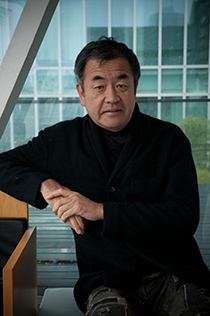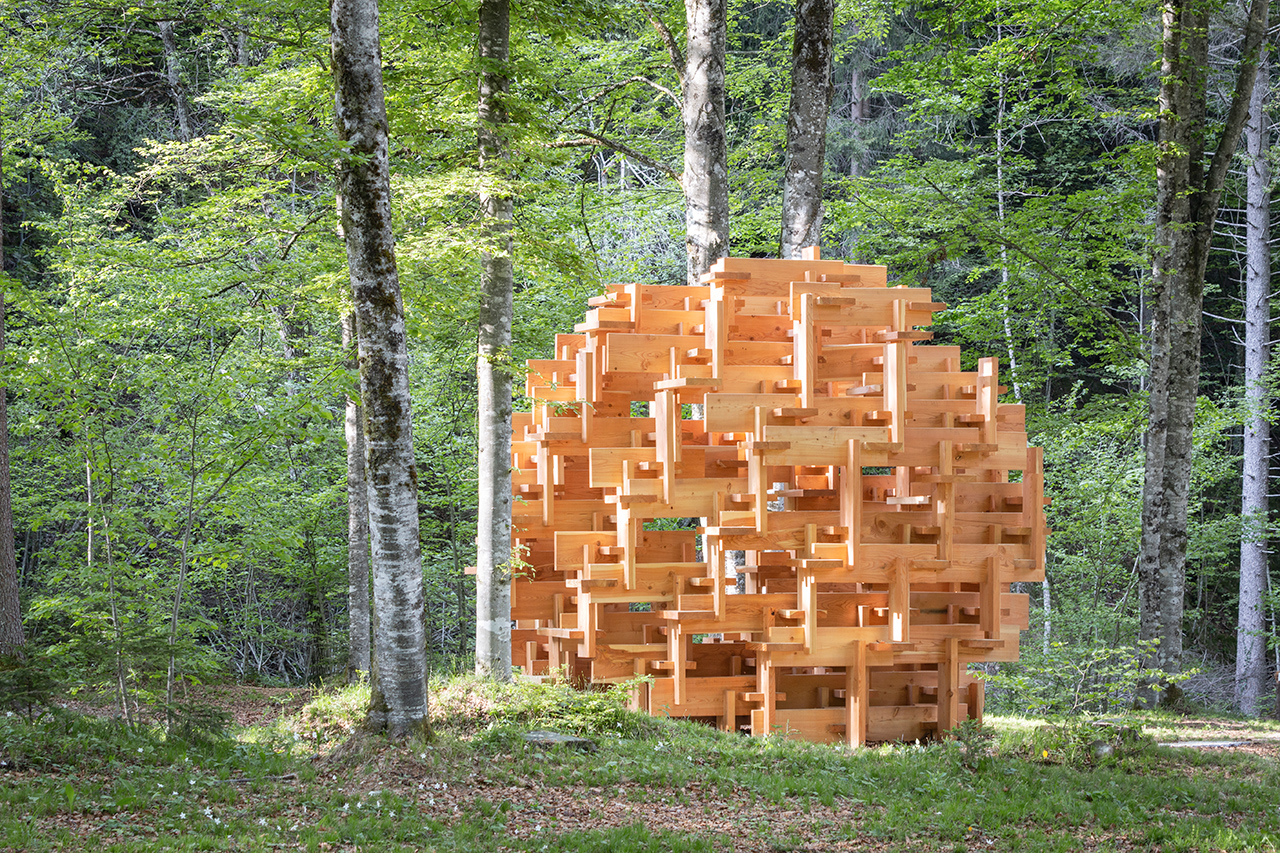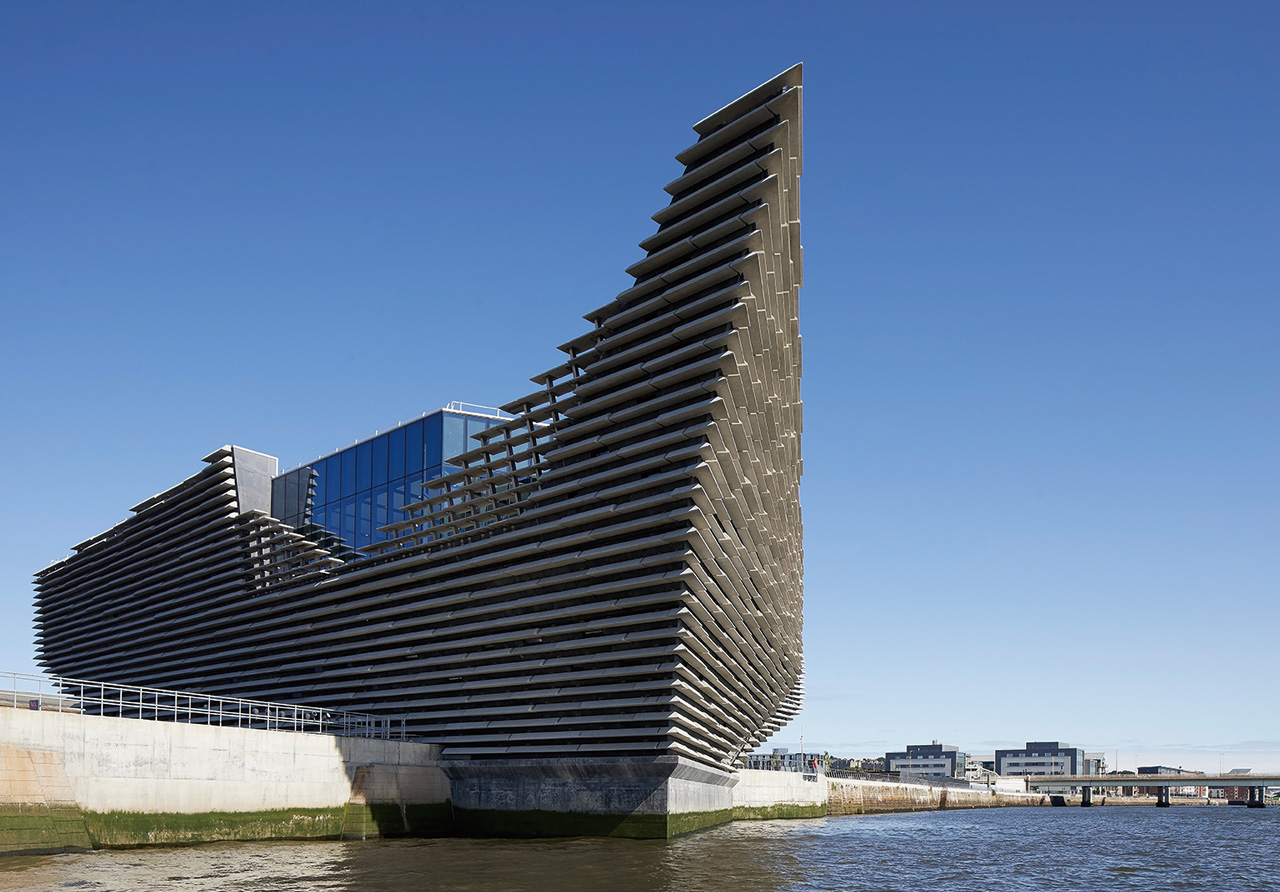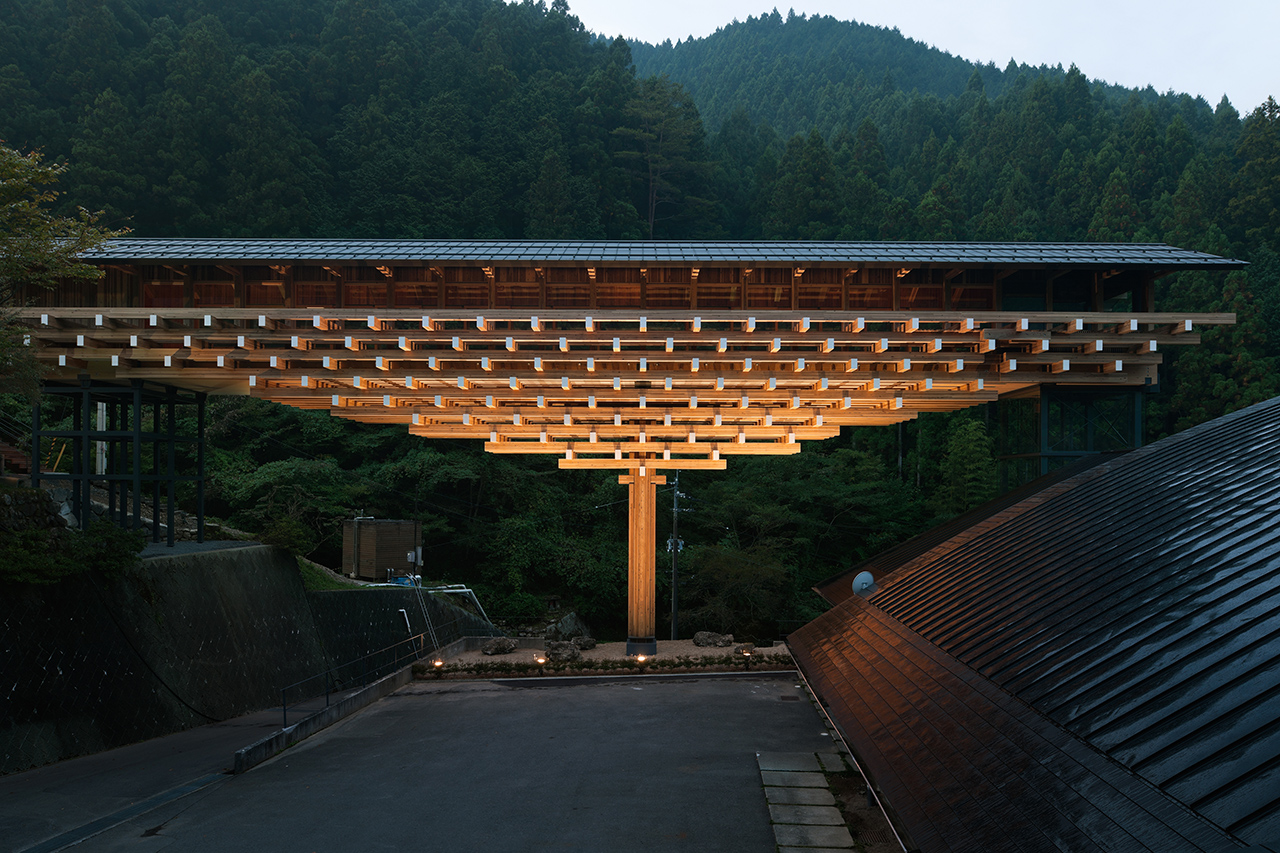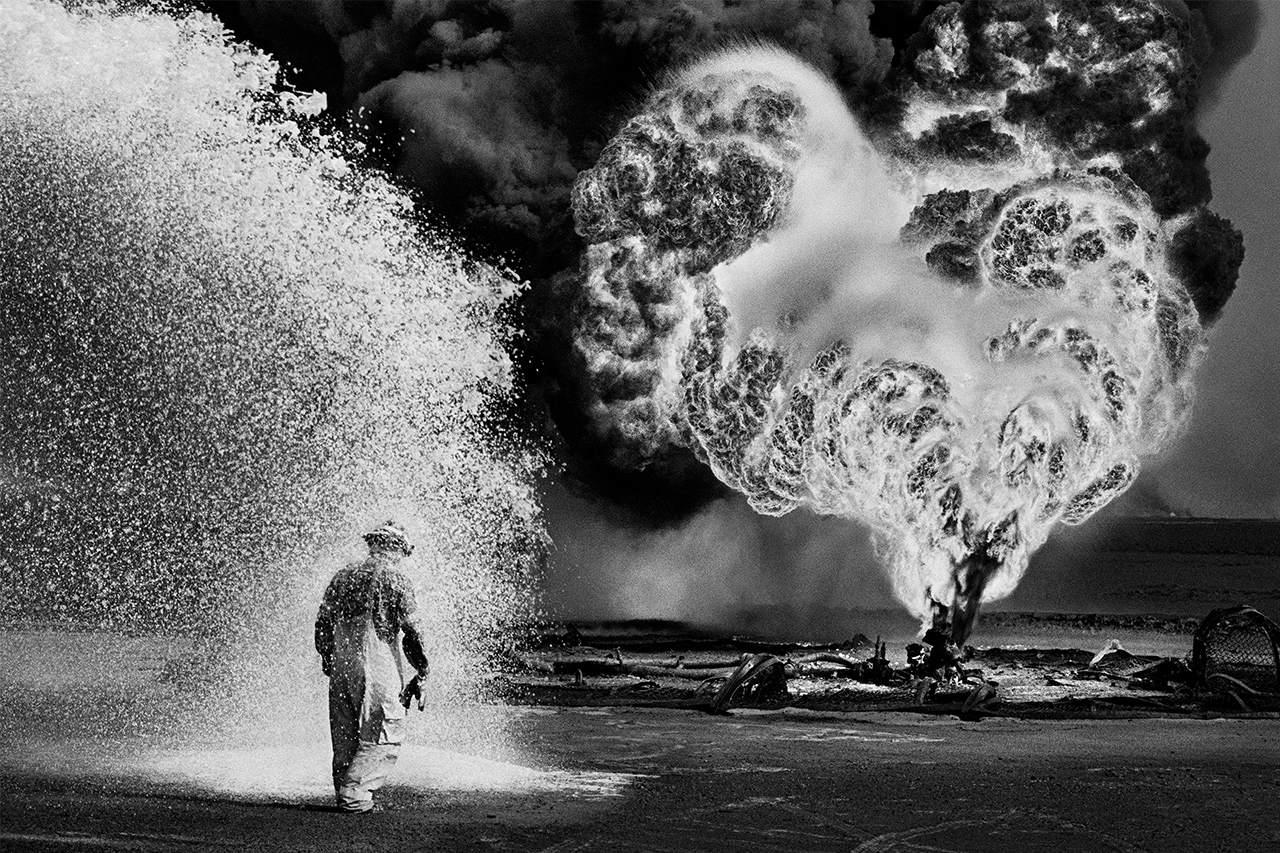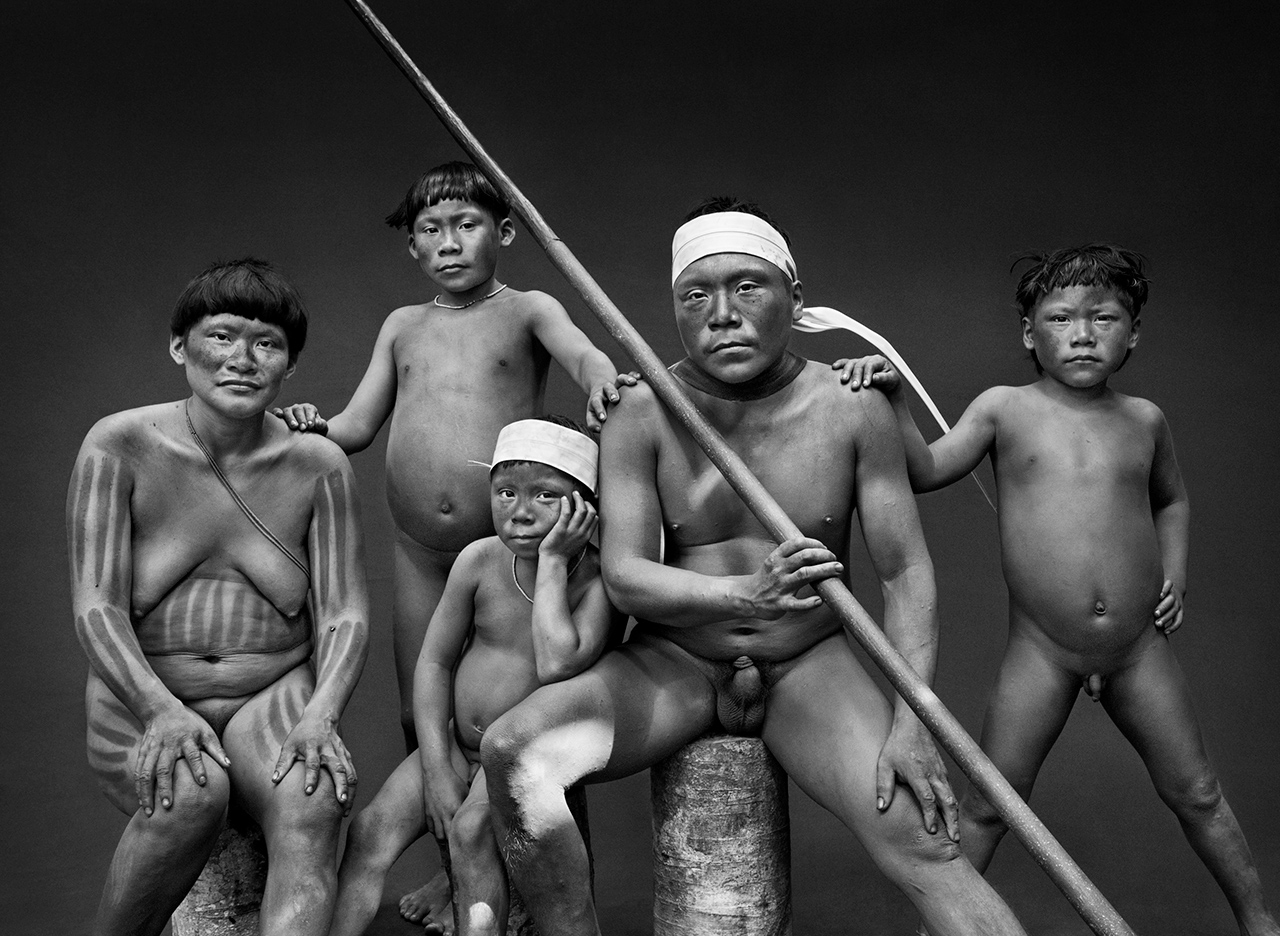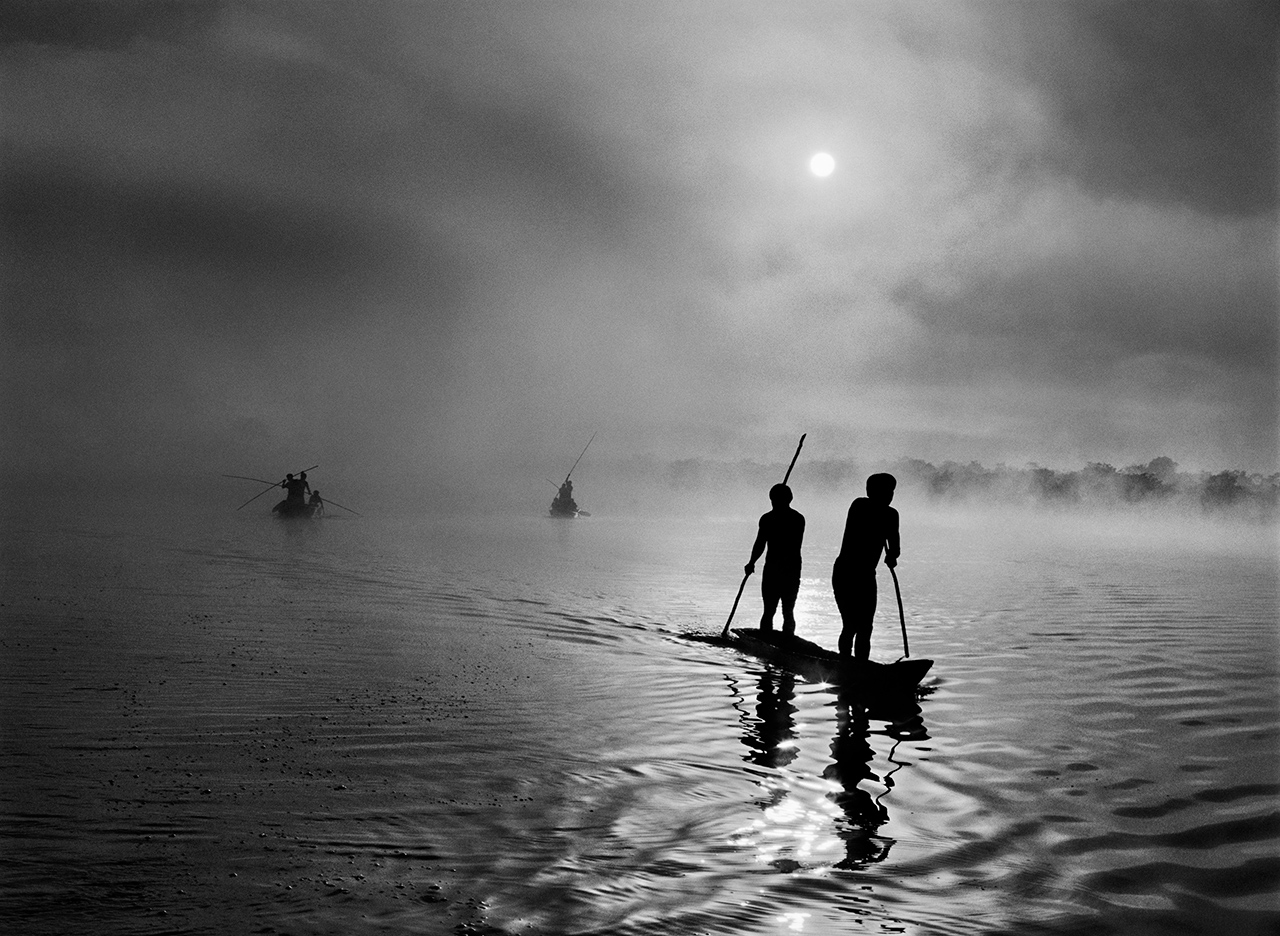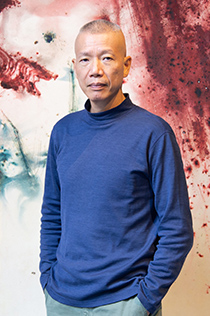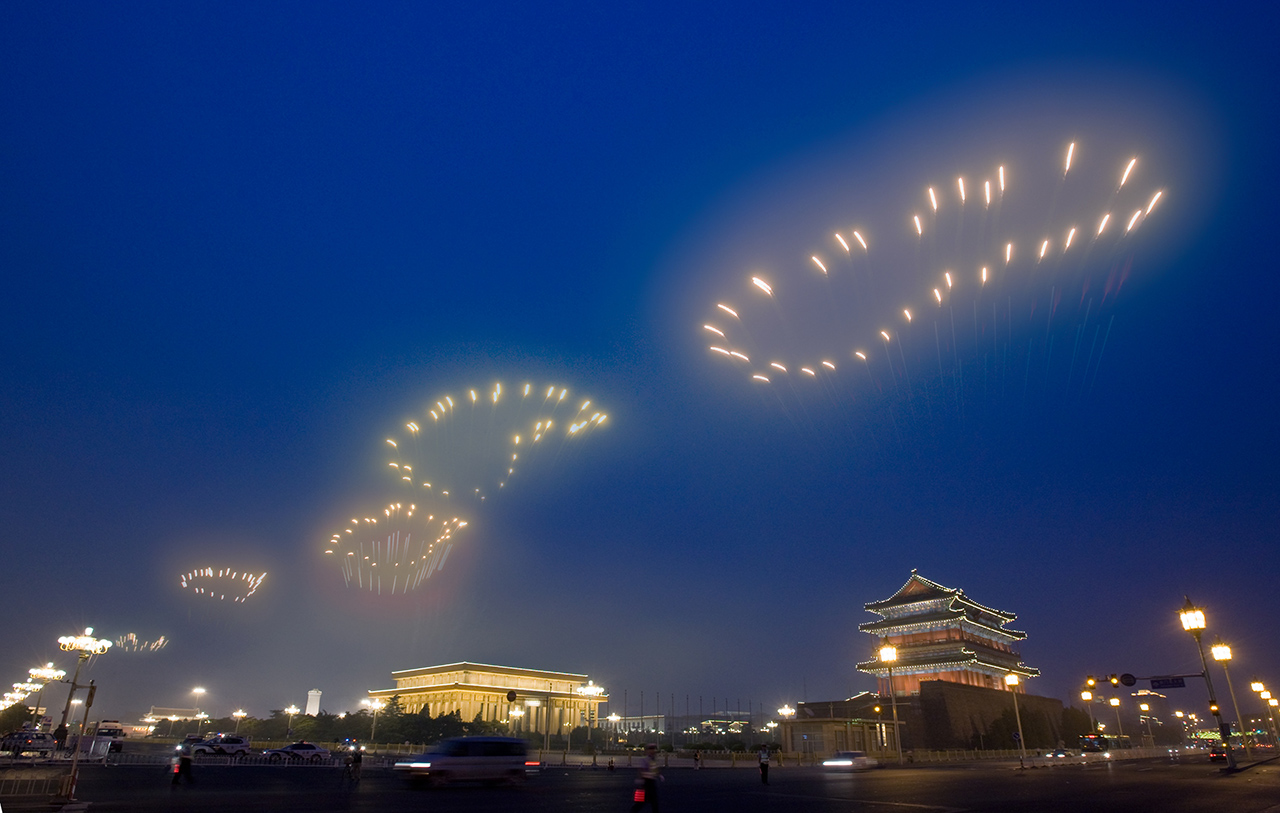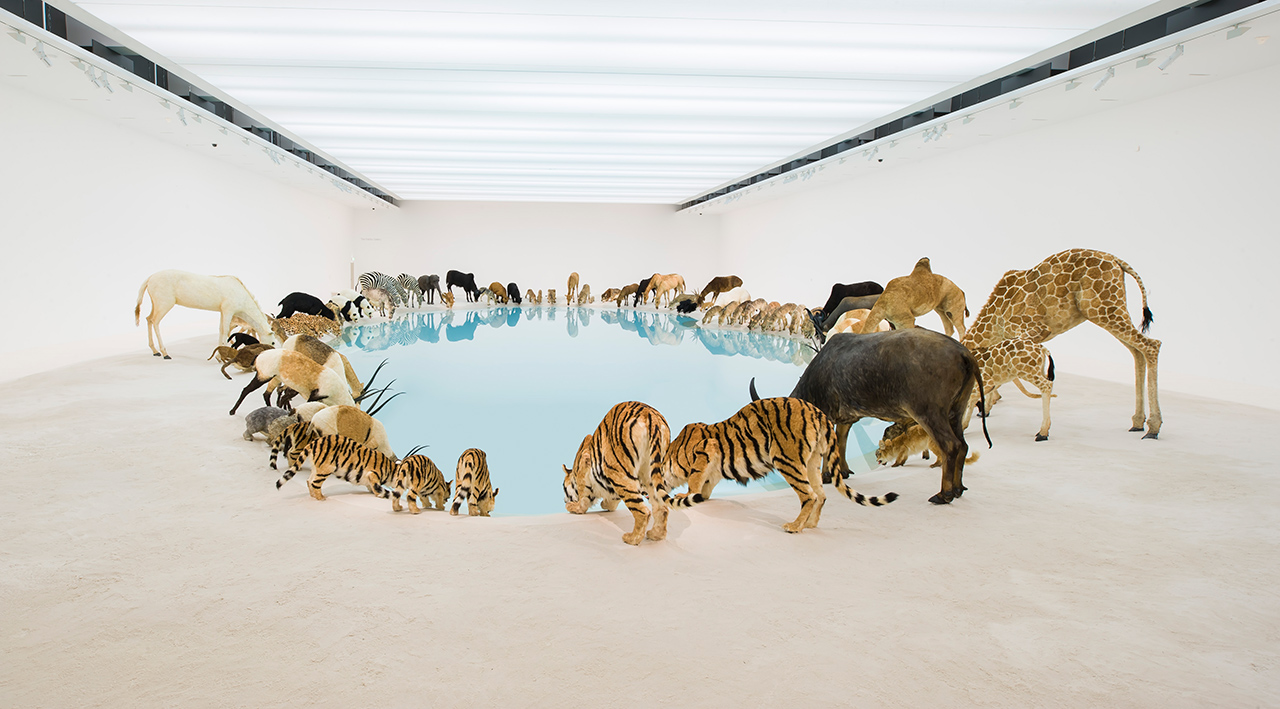Keynote Speeches
2 Sep. (Mon)
KENGO KUMA
- Speech Title:
- The Age of Forest Details
The Age of Forest
Date: Mon. 2 Sep. 10:55-11:25
Venue: Main Hall, Kyoto International Conference CenterIn the 20th century, human beings began to undervalue the force of nature. All of us lost reverence for nature and misunderstood as if we could control everything.
Japanese people used to know the way to deal with nature. There was no use in trying to confront with it. It is not an opponent that you could win over. You survive and live with the nature only by understanding and respecting it, and that wisdom stopped locals to build houses below a certain height.
However, throughout the 20th century, people shifted toward concrete and steel, to construct “big and strong” architecture made of “strong” materials. Traditional buildings in wood, stone or earth were considered “weak” and “outdated.” Such modern architecture in the international style which was dominated by concrete and steel severed ties between human beings and their places.
We are living in a post-industrial age in which “places/locations” play the leading role. The industrial age with the framework of the production of “things” and “nations” has ended. The world has changed to an age where the “power of small places” is being reviewed. Architecture is changing into an intermediary that connects people and places again. Museums are also required to be important tools to reinforce the tie between people and places. V&A Dundee we designed was created based on such idea.
In the lecture I will discuss how I design architecture in the change of time, from the “Age of Concrete” to the “Age of Forest.”
- Date:
- Mon. 2 Sep. 10:55-11:25
- Venue:
- Main Hall, Kyoto International Conference Center
3 Sep. (Tue)
Sebastião Salgado
- Speech Title:
- A Brazilian Amazon Forest Initiative Details
A Brazilian Amazon Forest Initiative
Date: Tue. 3 Sep. 9:00-10:00
Venue: Main Hall, Kyoto International Conference CenterMuch has been written about the destruction of the Amazon forest, about the burning of large swathes of primary jungle to make way for cattle farms and soybean plantations, the poisoning of rivers by freelance gold miners and the penetration of virgin territory by illegal loggers. All this and more is true.
Yet if vast tracts of the world’s greatest tropical rainforest have been destroyed, in Brazil alone over 81 percent of it remains untouched. And it is the shared responsibility of Brazil to preserve what remains. The urgency to do so has led us to promote an initiative to develop new and creative forms of protection and sustainable management of the Amazon region. In this, as age-old guardians of the forest, its indigenous peoples can – and already do – play a central role.
Deforestation is an undeniable reality and it is most acute on government or privately-owned landBut even here, over 60 percent of the forest cover remains intact. To explore this undamaged legacy, we have undertaken a lengthy photographic journey to record the lives of the indigenous peoples who live in harmony with the Brazilian Amazon forest. I have photographed tribes among which the Kuikuro, Kamayura and Waura in the Alto Xingú region as well as the Zoé, Awá, Yanomami, Ashaninka, Yawanawa, Suruwará and Korubo ethnic groups in the heart of the Amazon.
Along the way, we are building up an even broader archive of the entire region, with ground and aerial photographs of the complex maze of winding tributaries that feed the Amazon and the dramatic changes of their water levels in wet and dry seasons as well as aerial images of both the virgin forest and plumes of smoke rising thousands of feet where jungle is still being torched.
Our hope is that the resulting book and exhibitions can serve as a catalyst for raising awareness of the need to protect the Amazon forest and its native population and for generating new approaches to exploiting its natural and human resources without further damaging them.
- Date:
- Tue. 3 Sep. 9:00-10:00
- Venue:
- Main Hall, Kyoto International Conference Center
4 Sep. (Wed)
CAI GUO-QIANG
- Speech Title:
- My Museum Years Details
My Museum Years
Date: Wed. 4 Sep. 10:30-11:00
Venue: Main Hall, Kyoto International Conference CenterCai Guo-Qiang recounts how he has interacted with the museum system over the past several decades through a series of projects across the globe. These include his current solo exhibition at the National Gallery of Victoria in Melbourne, which is taking place in conjunction with their exhibition of the famed Terracotta Warriors; his Everything is Museum projects that founded a series of museums in Iwaki, Fukushima and other areas considered difficult by contemporary trends in museum-building; his solo exhibitions at major institutions of Western Art—the Pushkin in Moscow, the Prado in Madrid, the Uffizi in Florence, and the National Archaeological Museum of Naples; as well as his curated exhibition Non-Brand 非品牌, with works drawn from the collection of the Solomon R. Guggenheim Museum.
How do museum classics inspire artistic adventures today, and how do museum curators act as “shamans” to connect artists with art history? How do we build museums that will be embraced by the local public, as opposed to those that are merely cultural tourism brands for foreigners? What is the role of the museum for local communities, particularly in an age where erecting museums has become fashionable on a global scale and contemporary art increasingly refined and elitist?
- Date:
- Wed. 4 Sep. 10:30-11:00
- Venue:
- Main Hall, Kyoto International Conference Center

